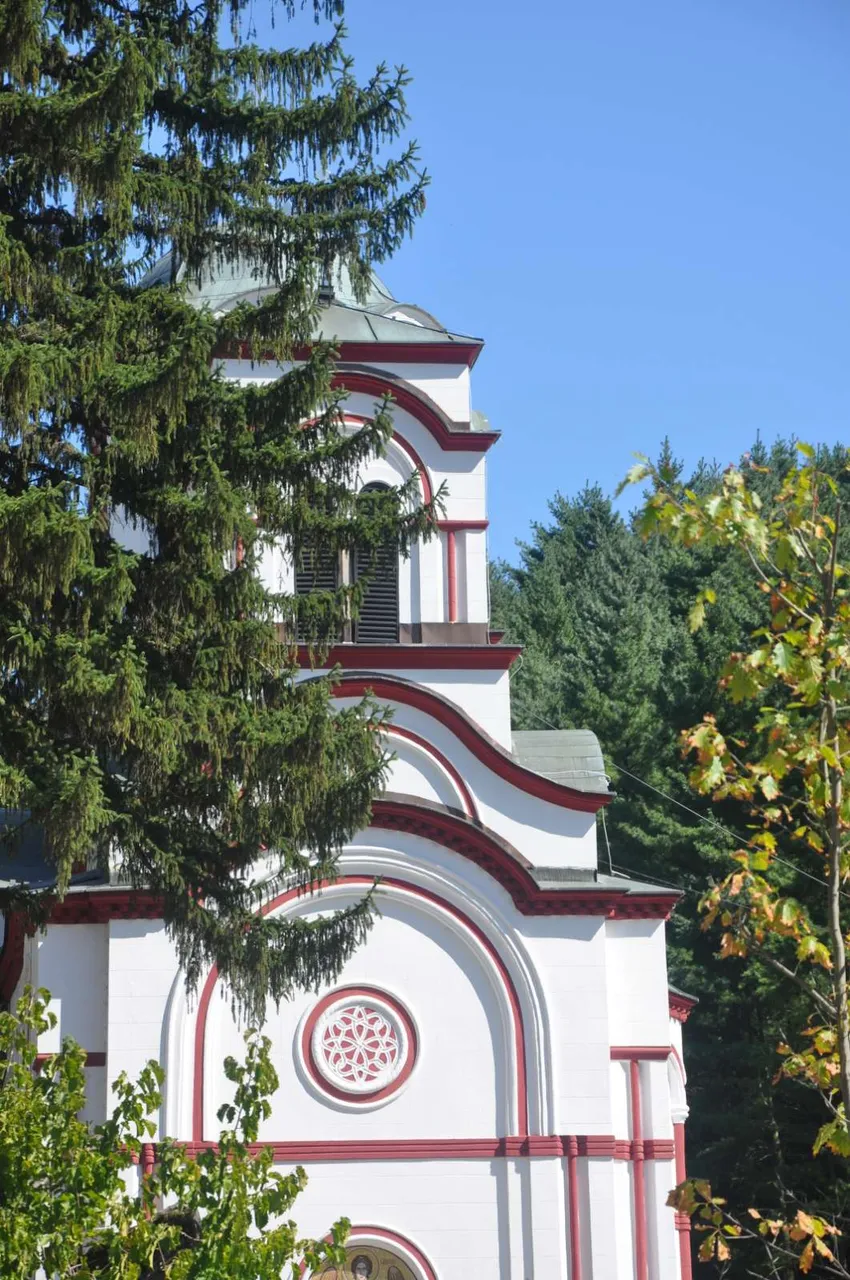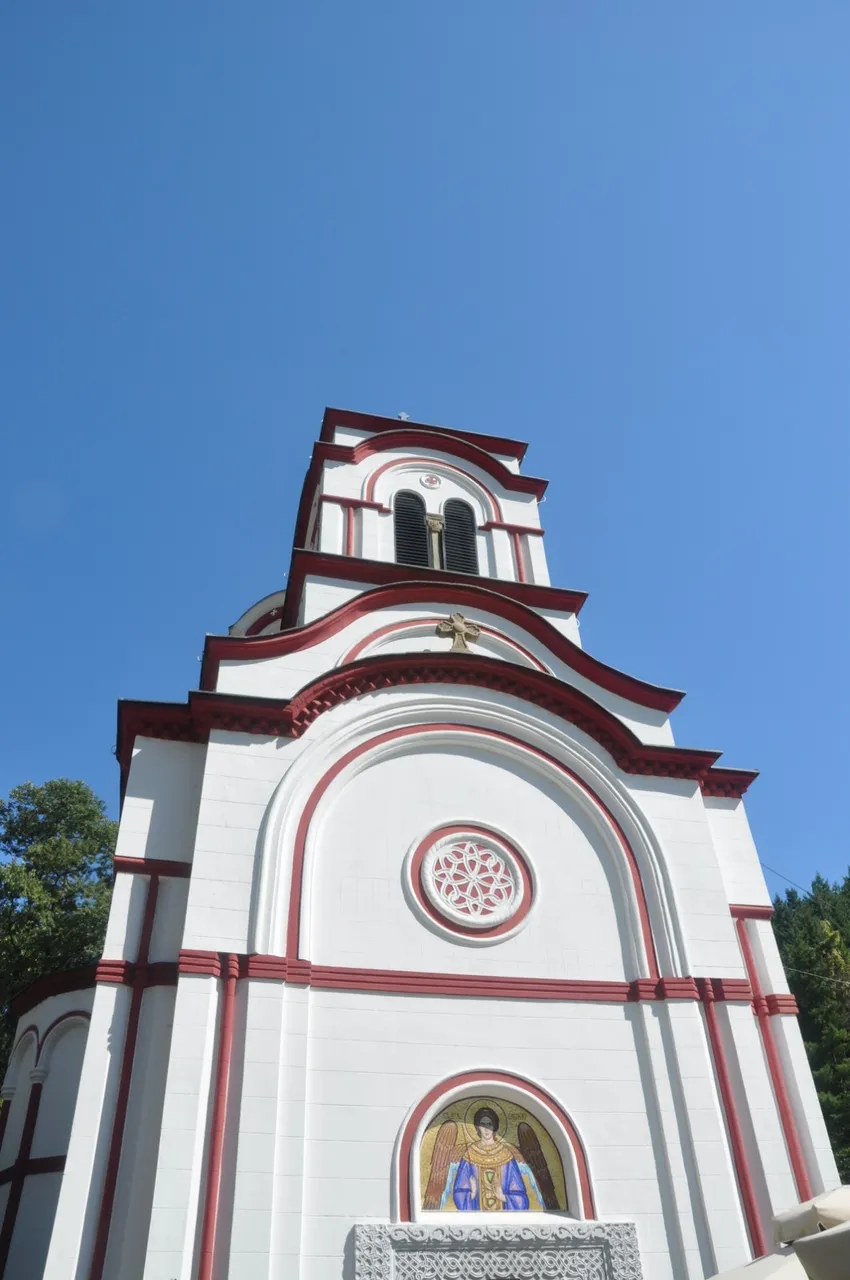
The Tuman Monastery is located nine kilometers away from Golubac, at the foot of the Golubac mountains, surrounded by forest, on the left bank of the Tumanska River, which gives the sanctuary a special beauty. Five centuries after the presentation of the Venerable Zosimus, it is clear why the holy ascetic chose for his lonely and prayerful life just such a place, hidden from people and completely suitable for prayerful silence.
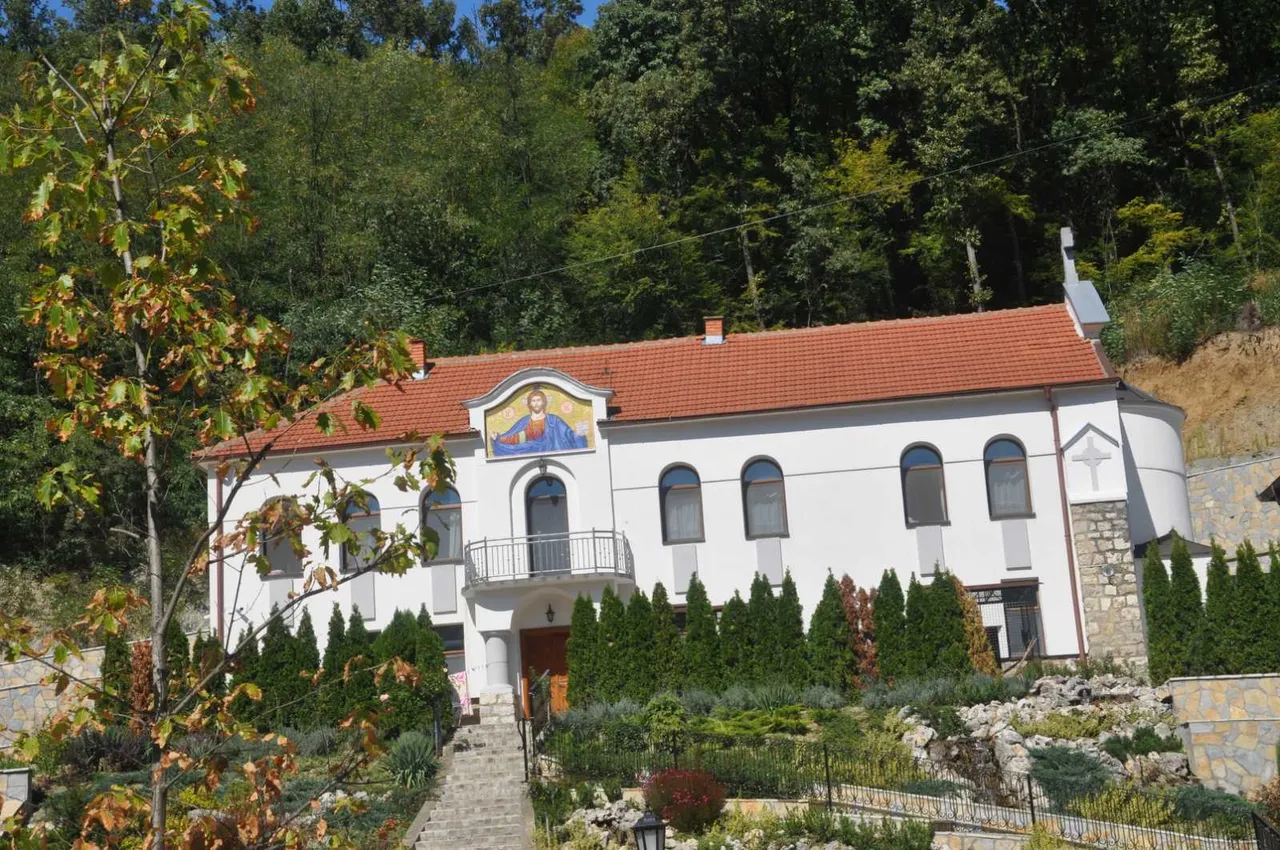

Ambient beauty on the one hand and spiritual peace on the other, and the presence of shrines, makes the Tuman Monastery valuable in both spiritual and cultural-historical sense. As a rare shrine, this Braničevo monastery leaves a wonderful impression on everyone who finds itself in it, captivating with its beauty and the environment in which it is located, above all a future witness to the faith and work of a nation, as well as a beacon for the future Kingdom of God. In it, the paradoxical facts of faith permeate in a miraculous way, the present springs from the future woven by history, having man in the center of everything and his relationship with the Creator.
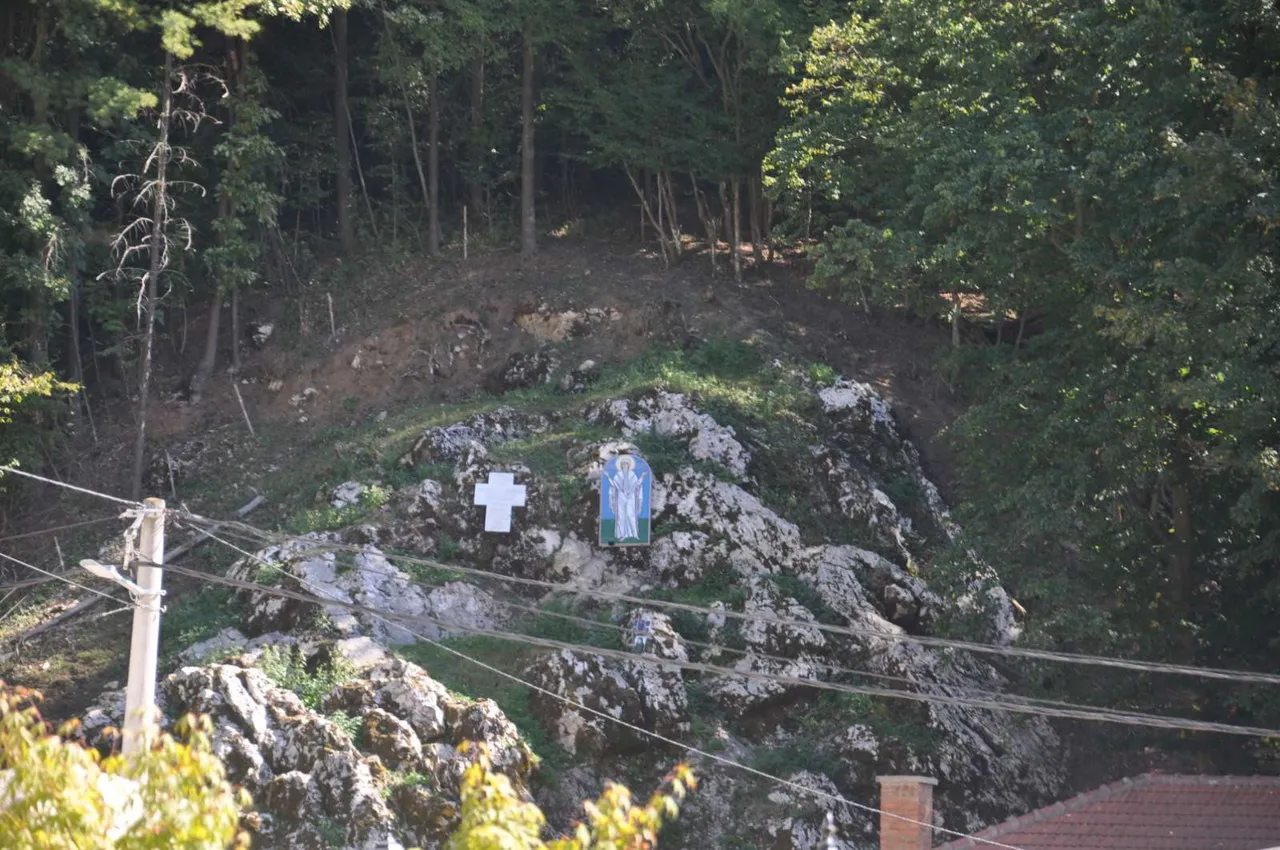
It is not possible to determine what the church and the complex of the Tuman monastery looked like when it was built. It is known that throughout the Middle Ages and Turkish slavery, the monastery bore the burden of suffering with its people, it was looted, destroyed and burned, but like the people it was always renewed because its spiritual significance in that period was inconceivably great. On the one hand, he reminded the victims of the glorious past of the people, the Church and the state, and on the other, more importantly and more strongly, he determined the people for the promised Kingdom of God and testified to believing Christians about it, thus becoming an indestructible bastion of faith.
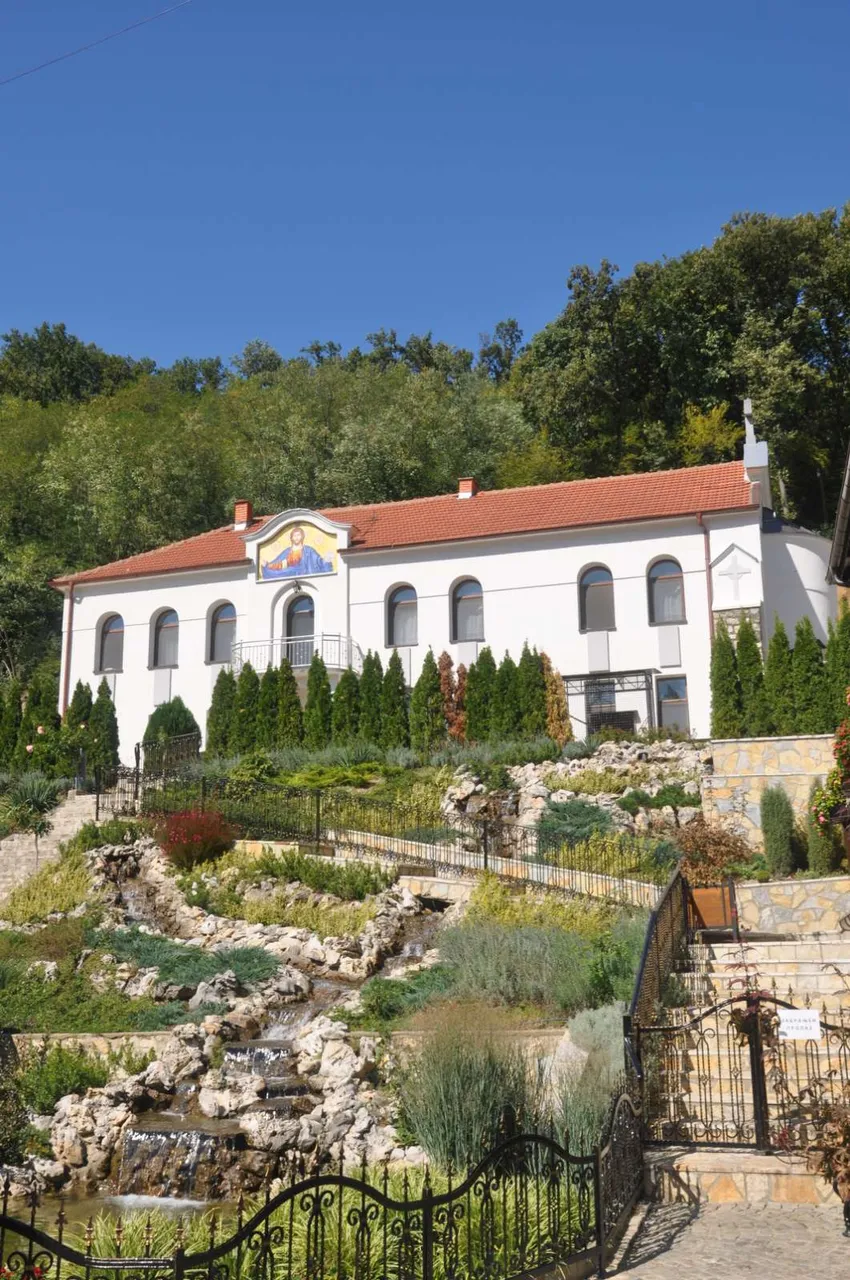
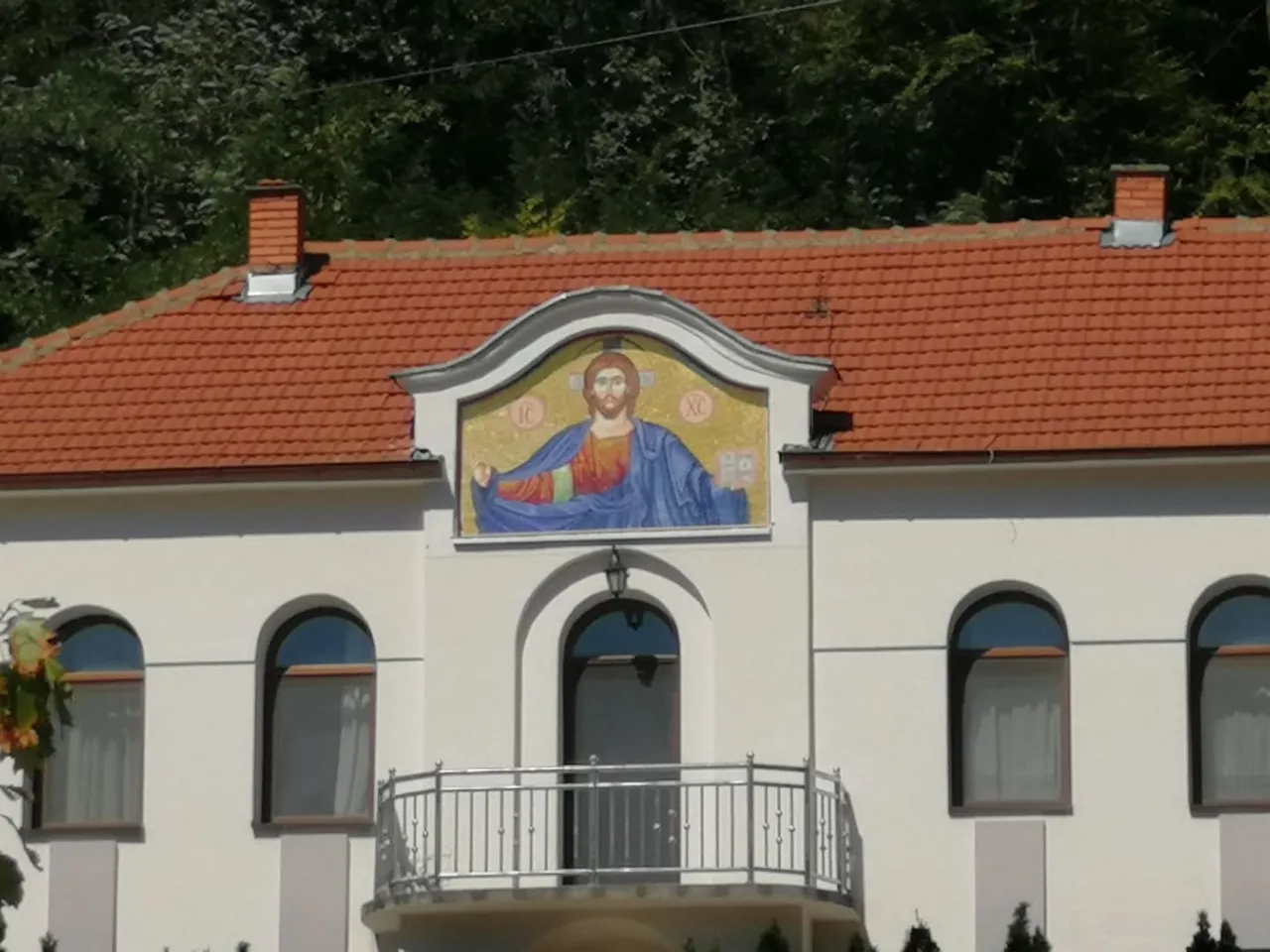
The monastery is first mentioned in Turkish censuses in 1572–1573. year, and then in the time of Sultan Murat III (XVI century) in the context of the duties he had towards the Turkish sultan, with which it is stated that at that time two monks lived in the monastery.
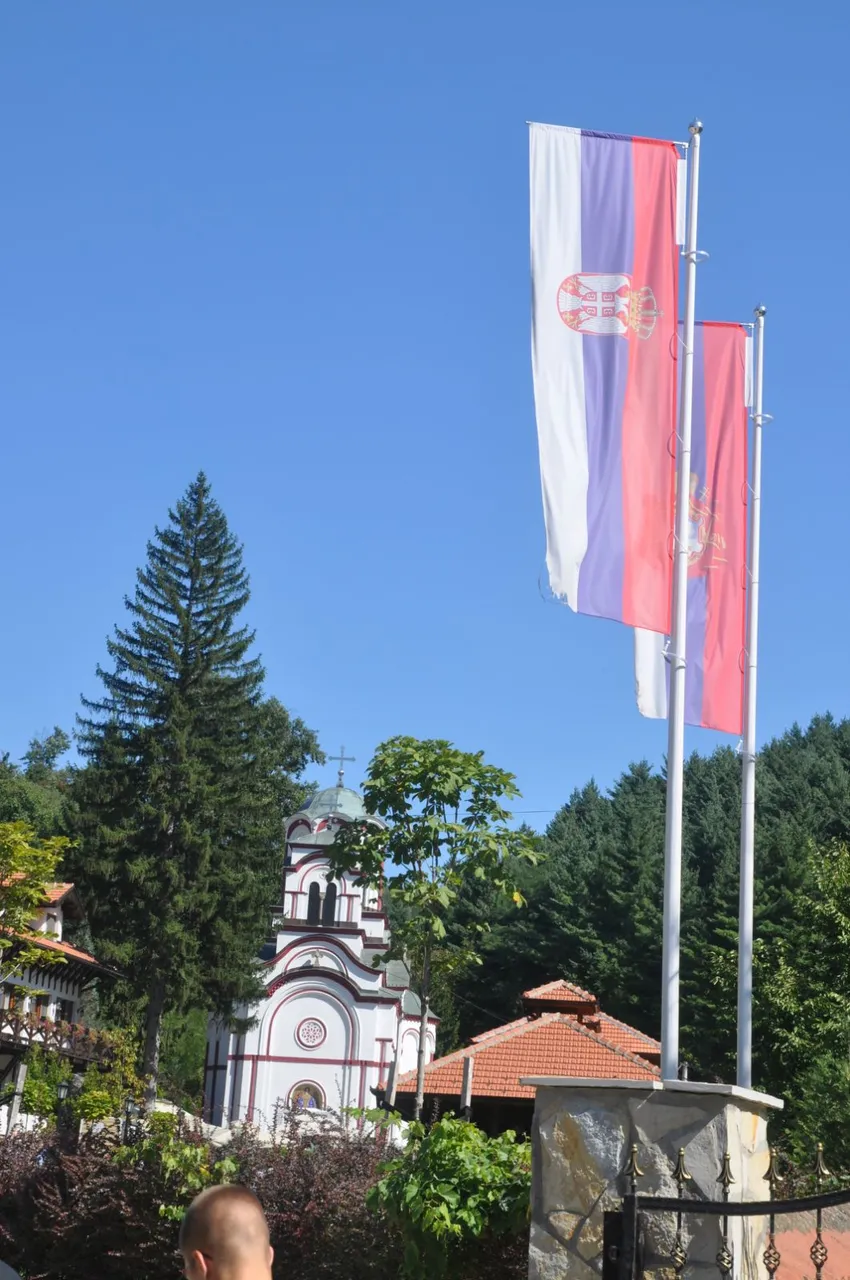
Before the First Great Migration of Serbs (1690), Patriarch Arsenija III Čarnojević and Count Đordje Branković met in Tuman in order to raise the Danubian Serbs in revolt against the Turks.
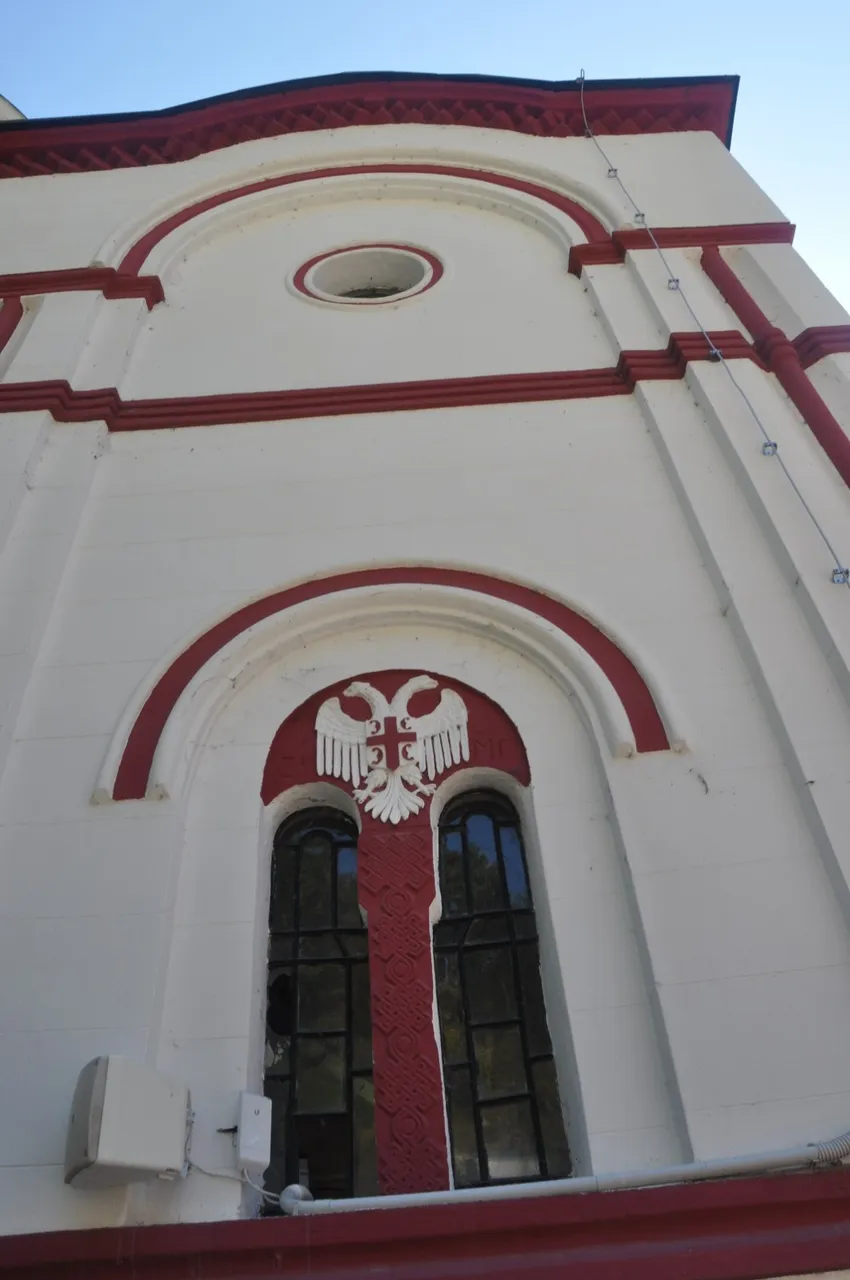
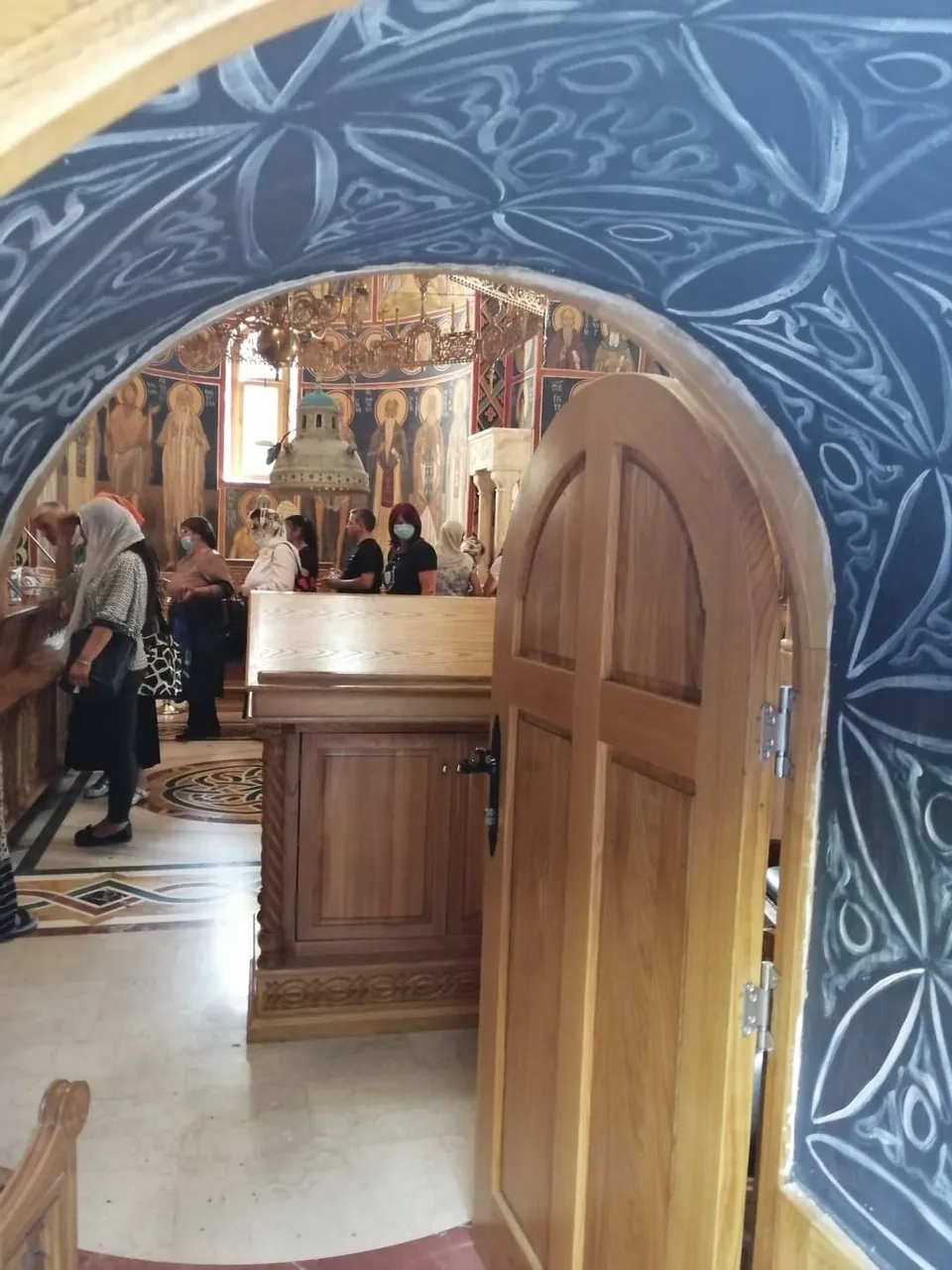
Exarch Maksim (Ratković), an envoy of the Metropolitan of Belgrade, visited the Braničevo monasteries in the first half of the 18th century, by order of his church authorities, to describe and accurately see the circumstances and conditions in which they found themselves, as well as the numerous state of monasticism and their life. In his report, he also touched on the Tuman monastery, whose church he stated was covered with tiles, which was a rarity for the conditions at the time. The church seen by Exarch Maxim is the original monastery church and it existed until after Kočina Krajina when the Turks burned it in revenge.
As soon as the possibilities arose, the people renovated the burned monastery with the great efforts of Oberknez Pavle Bogdanović in the time of Prince Miloš, when the surrounding monasteries of Nimnik, Rukumija and Zaova were also renovated.
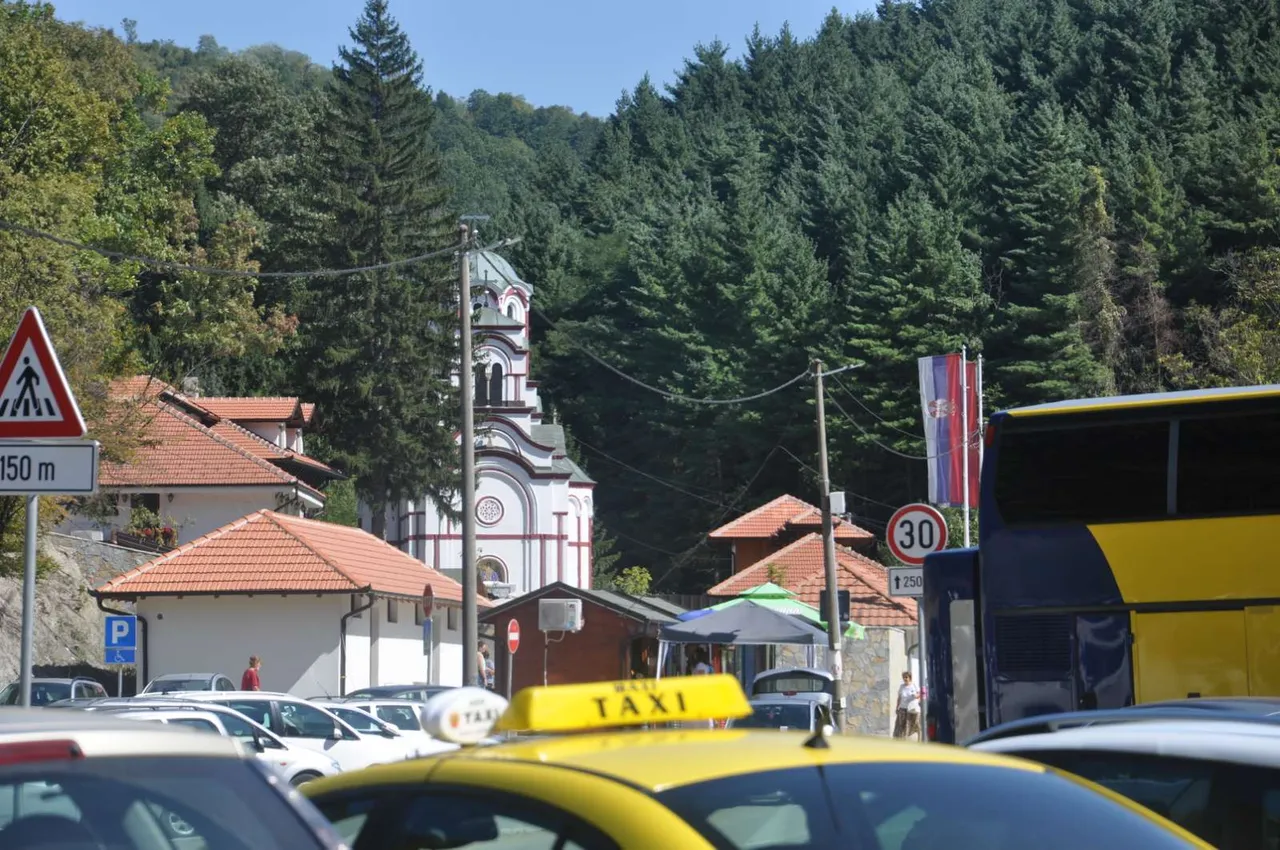
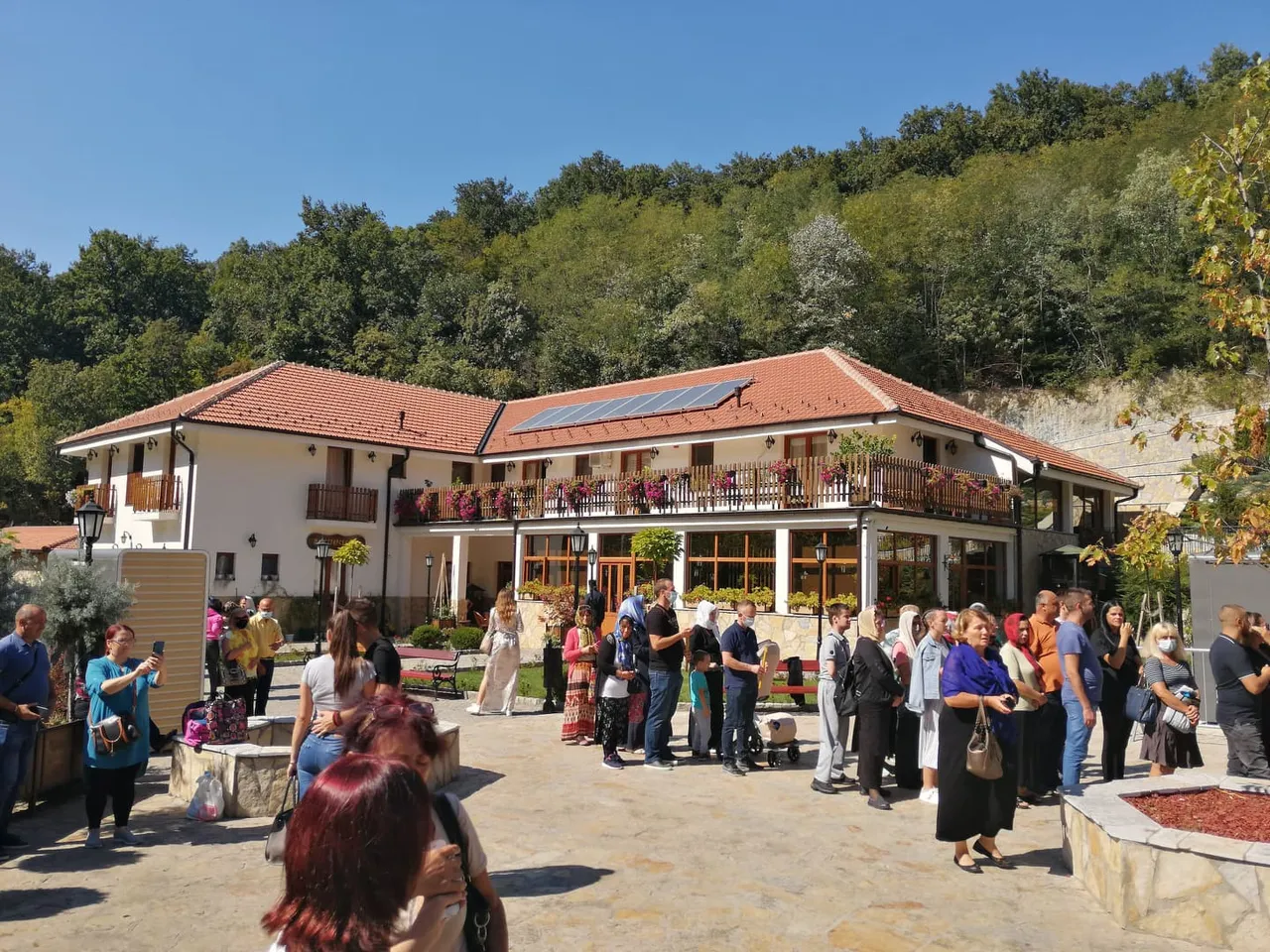
Visiting Serbia, regions, places, monasteries and sights by order of Prince Miloš, Joakim Vujić notes that the renovated church in Tuman is small in size, arranged according to the Christian liturgical order and that it is partly frescoed.
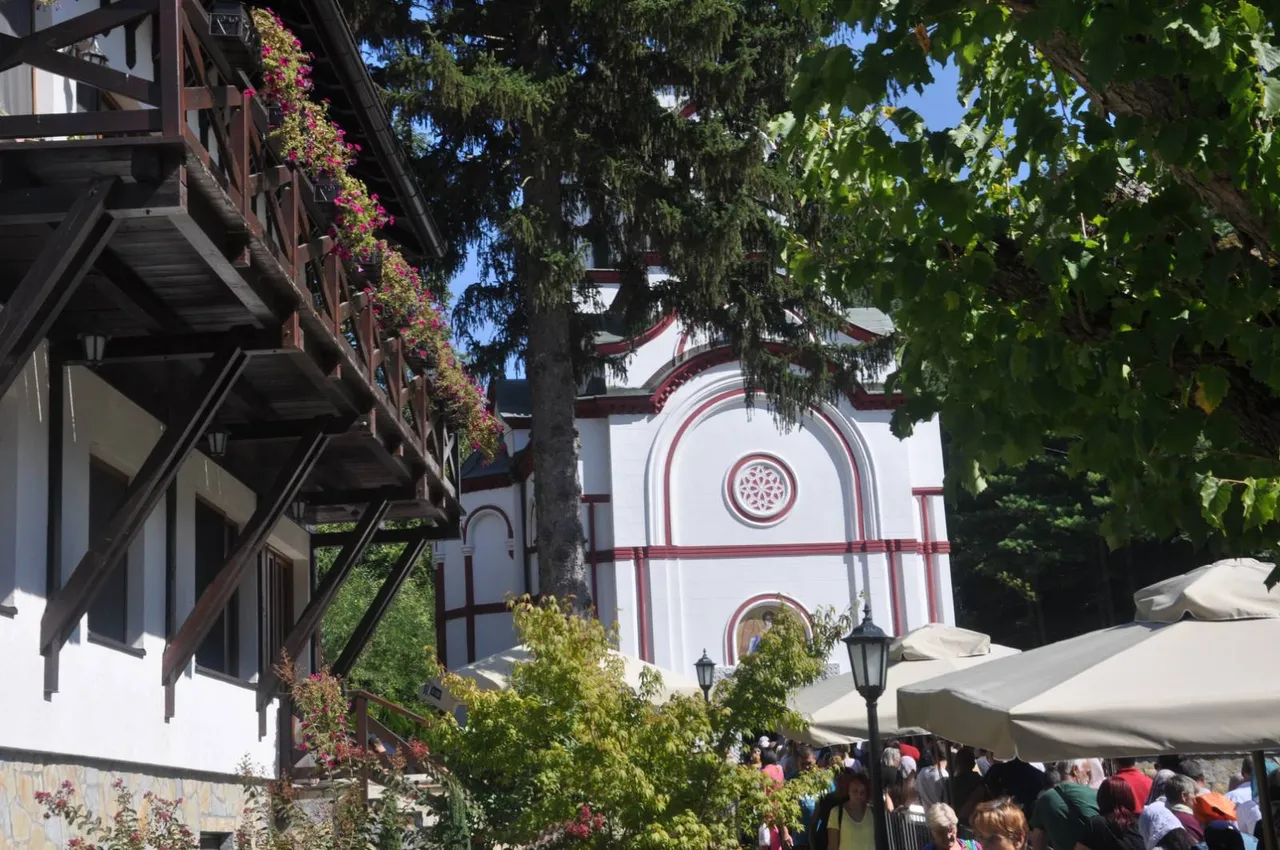
The church from Miloš's time existed in the monastery until 1910, when it was mined and demolished to the ground due to large cracks by order of the authorities. During the next fourteen years, the Tuman Monastery was without a church because the reconstruction was prevented by many circumstances, especially the world war, which was fought in those years and in which Serbia actively participated. The present church was built and consecrated in 1924.
